McKim, Mead & White Firm Library
On March 1, 1975, Walter Goldwater of the University Place Book Shop submitted a formal appraisal of a collection of books, photographs, and archival material to Avery Library. The material was being offered by Walker O. Cain & Associates, the successor firm to the storied New York architectural practice of McKim, Mead & White. Avery Library accepted this gift, and its many pieces have lived on in Avery Library across several collections – books were absorbed into the general research collection and Avery Classics, Avery Library’s rare book collection; photograph albums documenting the firm’s work also went to Avery Classics; and Drawings & Archives received the correspondence and a small selection of drawings.
In the appraisal letter Goldwater writes, “The library of books comprises about three hundred pieces, along with some ephemera such as special articles bound for reference purposes. The condition of these books is generally not good, as they obviously were for use and not for show”.1 The historian Leland Roth provides context for Goldwater’s assessment when he writes about the role of the library in the early office life of the firm: Roth states that “the firm acquired a large library of books and folios, in addition to the photograph and drawing scrapbooks, which the partners and draftsmen freely explored”.2 Later as the firm’s success necessitated new ways of working, more of the design process was delegated to subordinates, who would use the classical models found in the library to “perfect the details” of designs sketched out by the partners.3
Plans reproduced in the December 1913 issue of The Brickbuilder underscore the centrality of the library to the firm’s design process with the books “invitingly accessible from the drafting room” in both the 160 Fifth Avenue offices occupied by the firm from 1894 to 1912 and the newer offices at 101 Park Avenue.4 Photographs from this same article show large books shelved and stacked on a display case in various reception rooms.
Books clearly were a constant physical presence in the life of the firm. But what exactly was on the shelves? One of those large books, of central importance to the firm, was Paul Marie Letarouilly’s Édifices de Rome moderne; ou, Recueil des palais, maisons, églises, couvents et autres monuments publics et particuliers les plus remarquables de la ville de Rome. An early employee of the firm, Harold Van Buren Magonigle, “remembered how McKim and his assistants would ‘spend hours and hours looking up data, particularly in Letarouilly, which was a kind of office bible’”.5 First published in 1840, Letrouilly’s major work cataloged many of the buildings of Renaissance Rome through careful, measured illustrations. In her book Triumvirate: McKim, Mead & White, Mosette Broderick also notes the importance of Letarouilly’s book to the work of the firm. She credits Joseph Wells, an early employee of McKim, Mead & White, with integrating the study of books on architecture with the work of designing new buildings at the firm. She writes, “Wells finally educated the office on the joys of Renaissance architecture. He taught the partners how to find precedent in the volumes of Letarouilly and others in their growing library”.6 The office copy of this beautifully illustrated work is preserved in Avery Classics here. Further highlighting the importance of Letraouilly’s printed work to the firm, Charles McKim gave Lawrence Grant White, Stanford White’s son, a copy of the three volume set in 1906. Like McKim, Lawrence Grant White would go on to study architecture at the École des Beaux-Arts in Paris before spending several years working at McKim, Mead & White. Grant White’s copy of Letarouilly, which includes an inscription from Charles McKim, is also in Avery Classics and cataloged here. It was given to the library as part of a separate gift from Lawrence Grant White’s daughter, Ann White Buttrick.
Another major work with a prominent place in the firm’s library was Owen Jones’ Grammar of Ornament. Jones’ seminal work on ornament and decoration in architecture has remained an important reference text for practicing architects and art and architectural historians since it first appeared in 1856. Originally published by Day and Son in London, the first edition measures 57 centimeters tall and is a lavish folio, known for its 100 illustrated plates printed in colorful detail using the technique of chromolithography. The copy in the McKim, Mead & White office was a decidedly more utilitarian edition. Printed in 1868 and sized down to a more affordable -- and practical -- 35 centimeters, this copy is preserved in Avery Classics, with the firm’s bookplate, here. It is tempting to read years of heavy use into the condition this copy is in -- the pages are brittle, with many missing corners, and the text block is separating from the original binding. But it is also important to note the material factors in the book’s production that have contributed to its deterioration over time, particularly the inherent vice of this copy’s paper, made from wood pulp. Heavy use, exposure to light and changing environmental storage conditions may be equally to blame for this copy’s condition. Unfortunately, members of the firm left no pencil markings or dog-eared pages behind in their copy of Grammar of Ornament. Accordingly, the best evidence of the book’s importance to the firm survives in its built work.
Many of the books from the firm’s office shelves have markings that identify them as being from the library of McKim, Mead & White, including the copies of Grammar of Ornament and Édifices de Rome moderne described above. The most distinctive marking is the firm’s bookplate. It features the unofficial symbol of the firm -- a small ship with hull, sail and rudder representing the three distinct personalities of the firm’s founding partners. It also includes the firm’s motto, “Vogue la galère,” which can be translated as, “Come what may”.7 Some books also have the firm’s stamp towards the front or back, a round red seal with the address of the firm’s later office at 101 Park Avenue. The stamp helps to give a sense of when certain books entered the collection, although of course books may have been added to the collection earlier and stamped at a later date. Many books also have spine labels, or evidence of spine labels, towards the bottom of their bindings. These labels often include a handwritten number in pen, presumably a shelfmark. Some books have a case number written in pencil on the inside front cover, and a smaller number of books have another number in pencil on the bookplate.
The reconstruction of an architect or firm’s library is always a fraught enterprise. The presence of a book on a shelf does not mean the owner ever read its contents or found its argument compelling. The long history of the firm extended well beyond the lives of the founding partners, complicating matters of reconstruction, as does the fact that only a portion of the library came to Avery. Roth estimated that the firm’s library consisted of approximately 2500 volumes in 1900.8 The list below is an attempt to reconstruct the approximately 300 volumes that came to Avery. It is a work in progress, and I hope that other institutions with McKim, Mead & White holdings will be able to contribute to this list going forward. The list is drawn from two sources -- records in Avery Library that document the Walker O. Cain gift and books in Avery Library with clear markings connecting them to the firm (a stamp, a bookplate, etc.). I am indebted to the earlier work of Walter Goldwater, the gift’s appraiser, and Herbert Mitchell, former curator of Avery Classics, whose careful inventory work is the basis of this list.

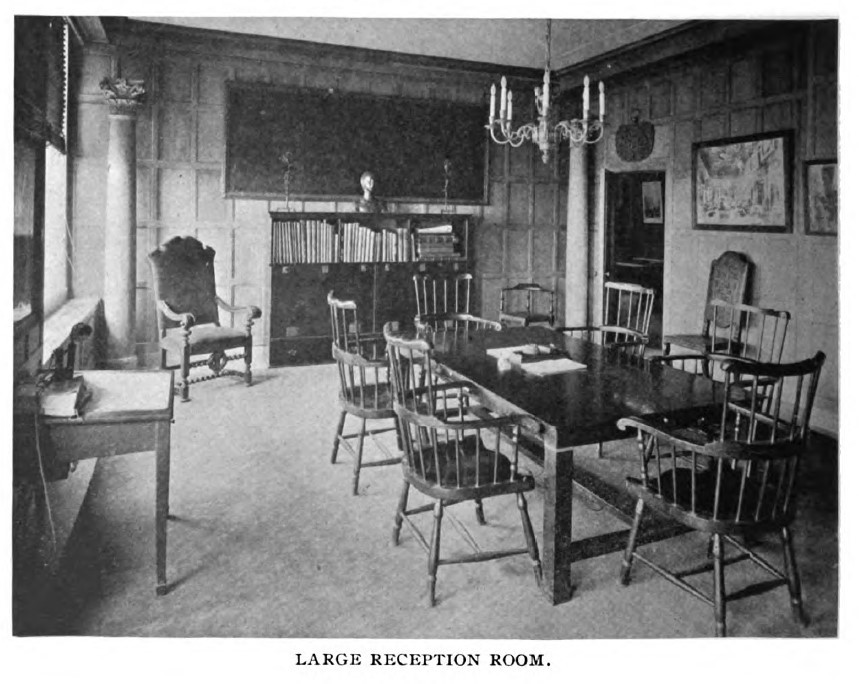
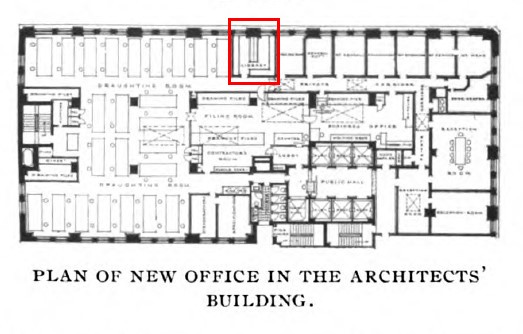
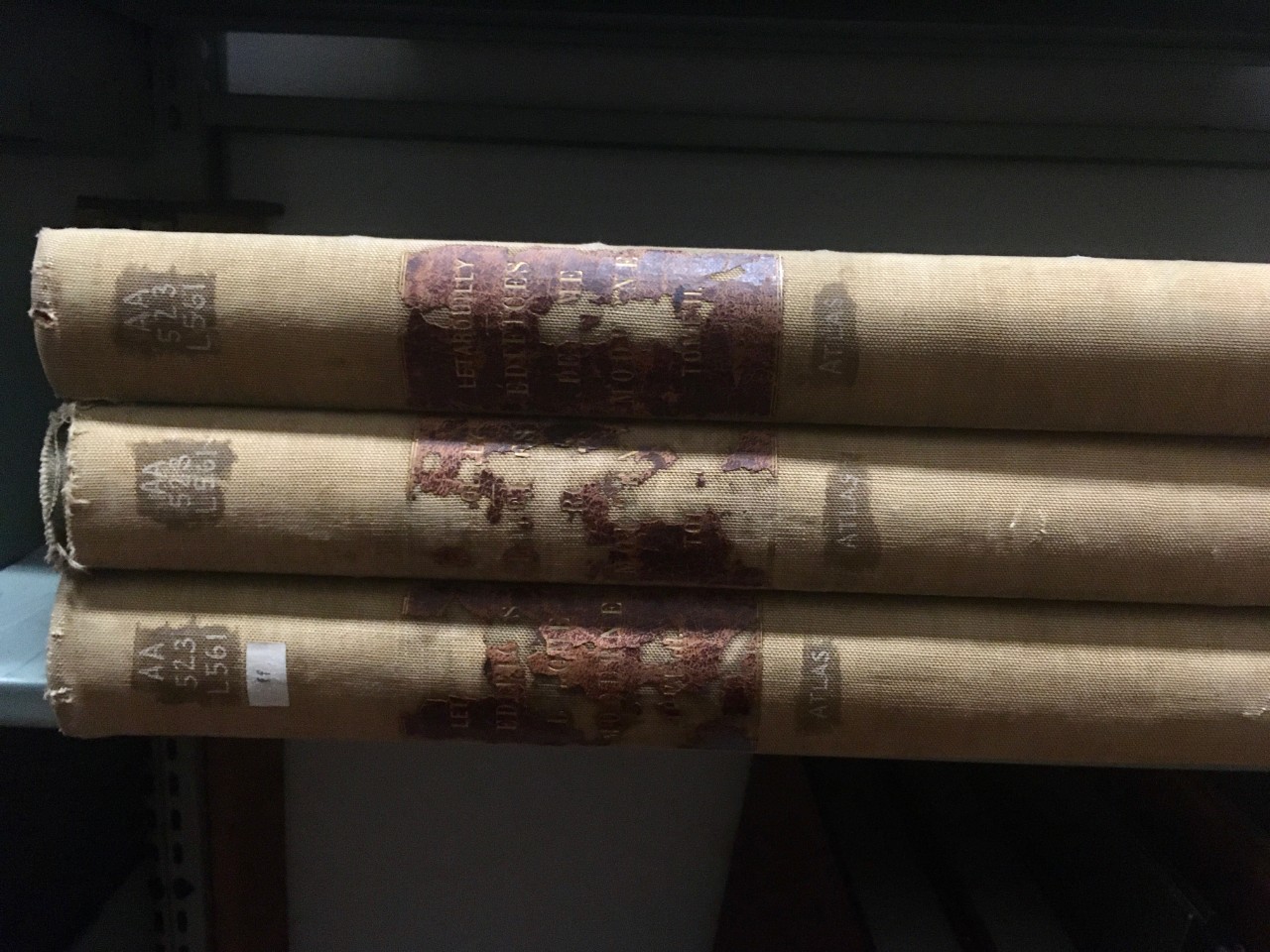
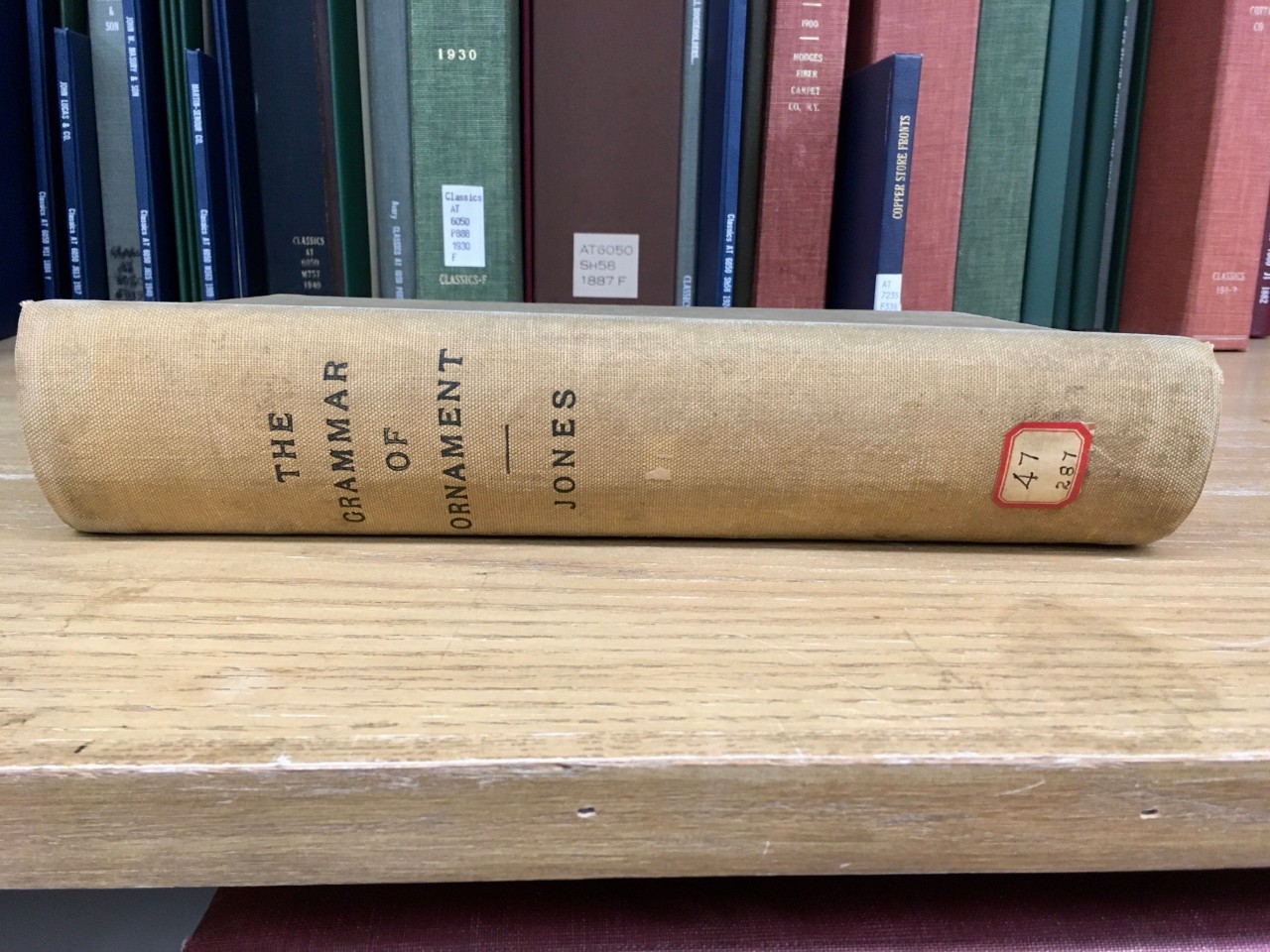
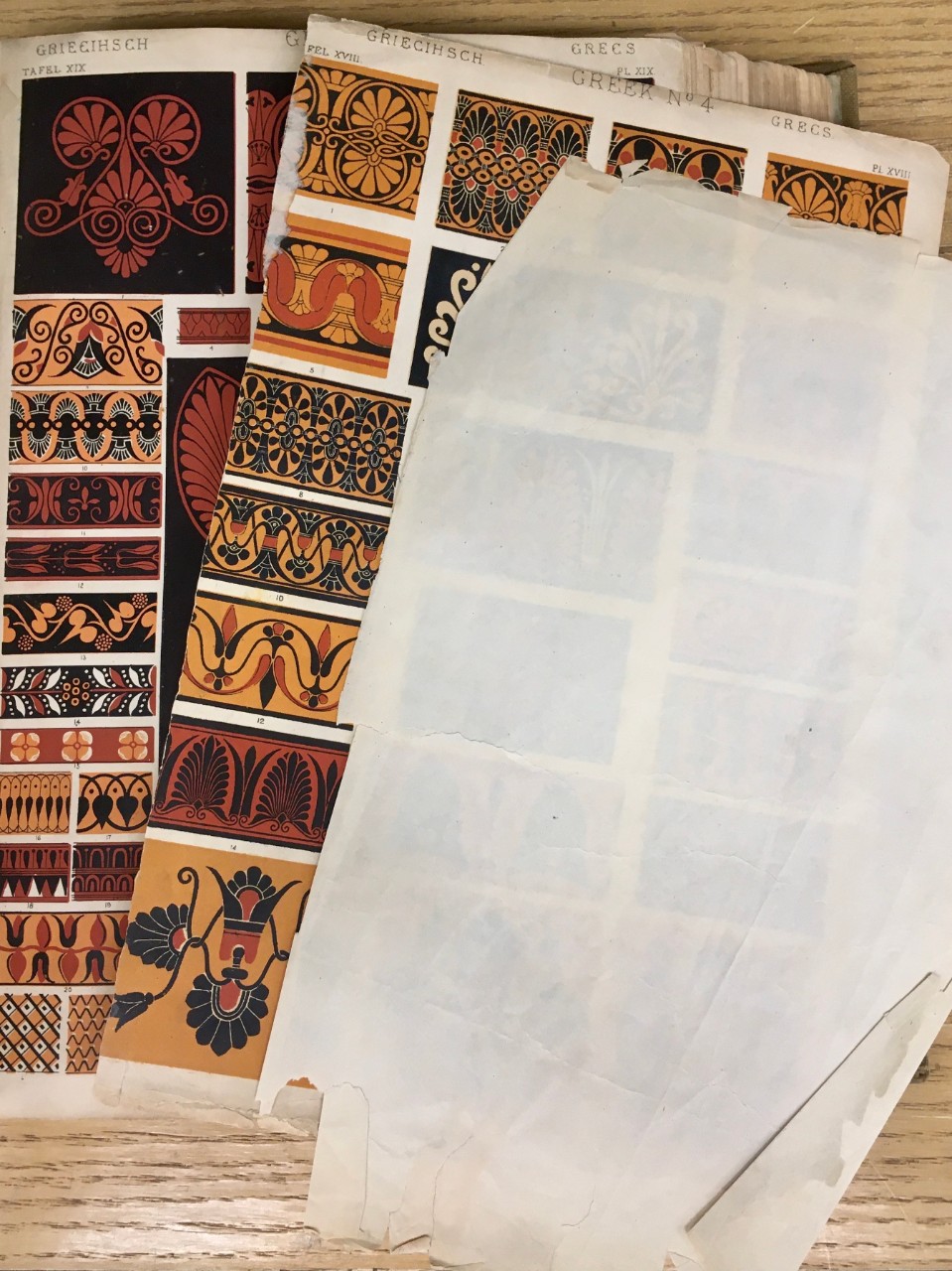
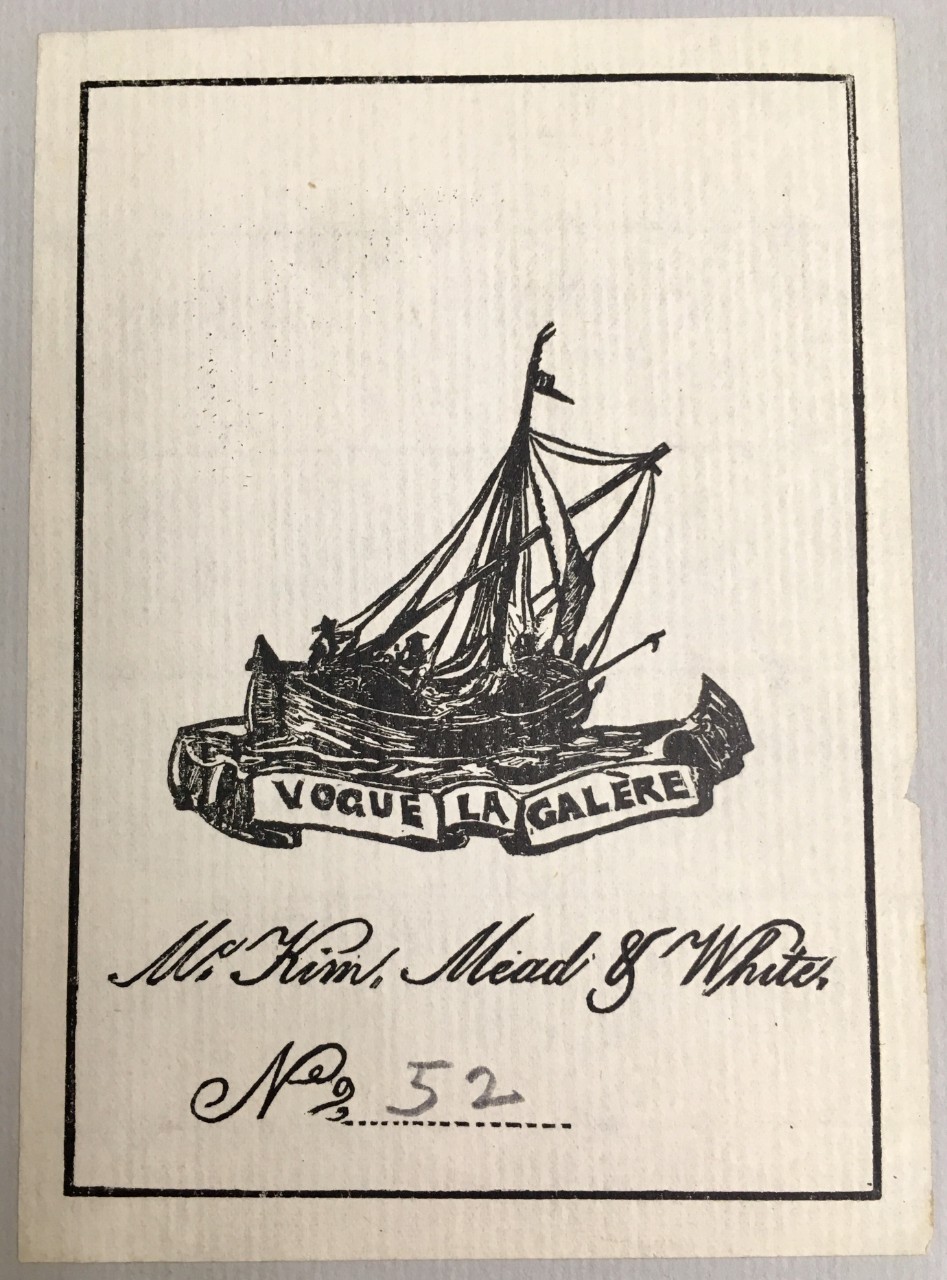
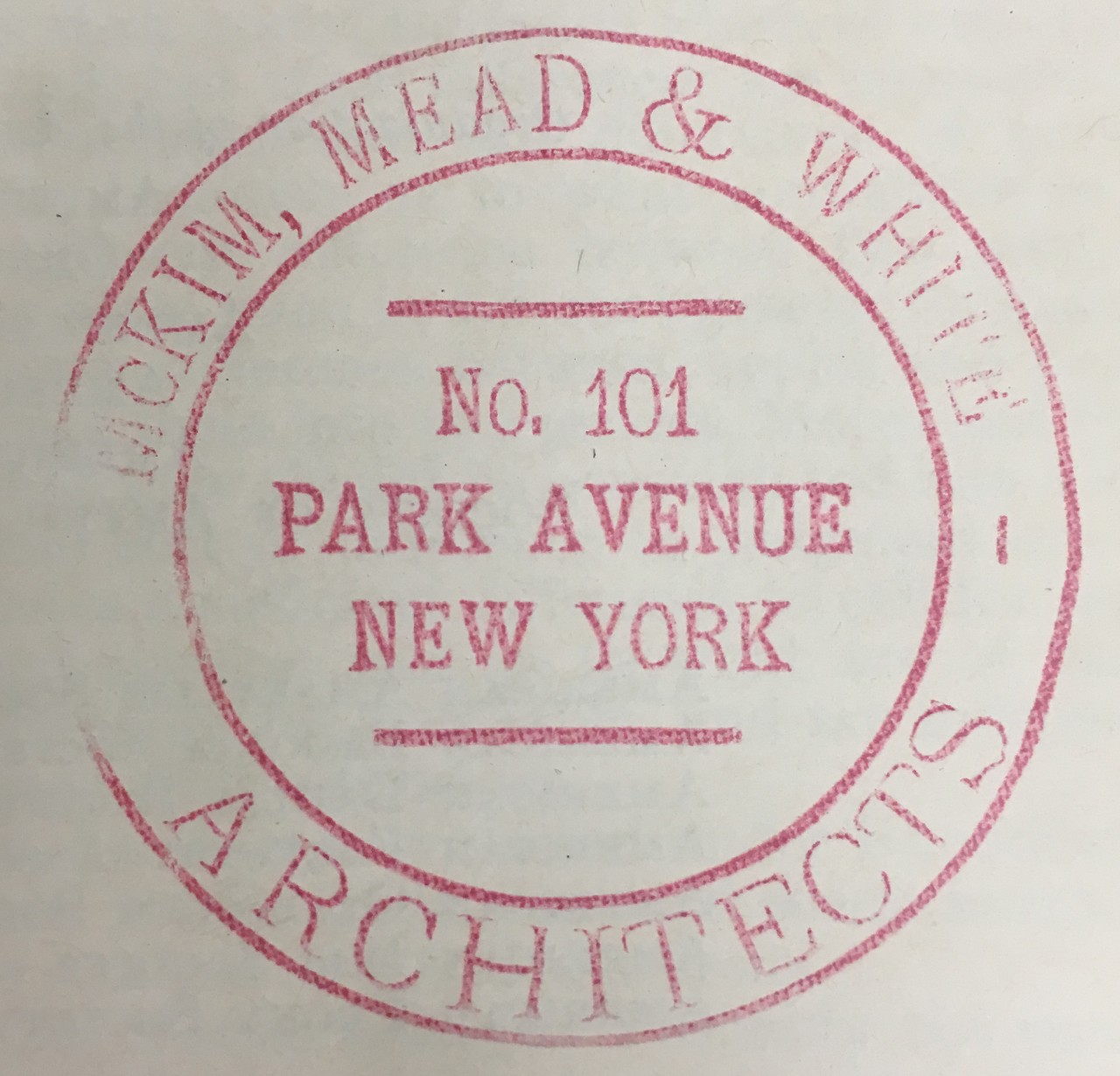
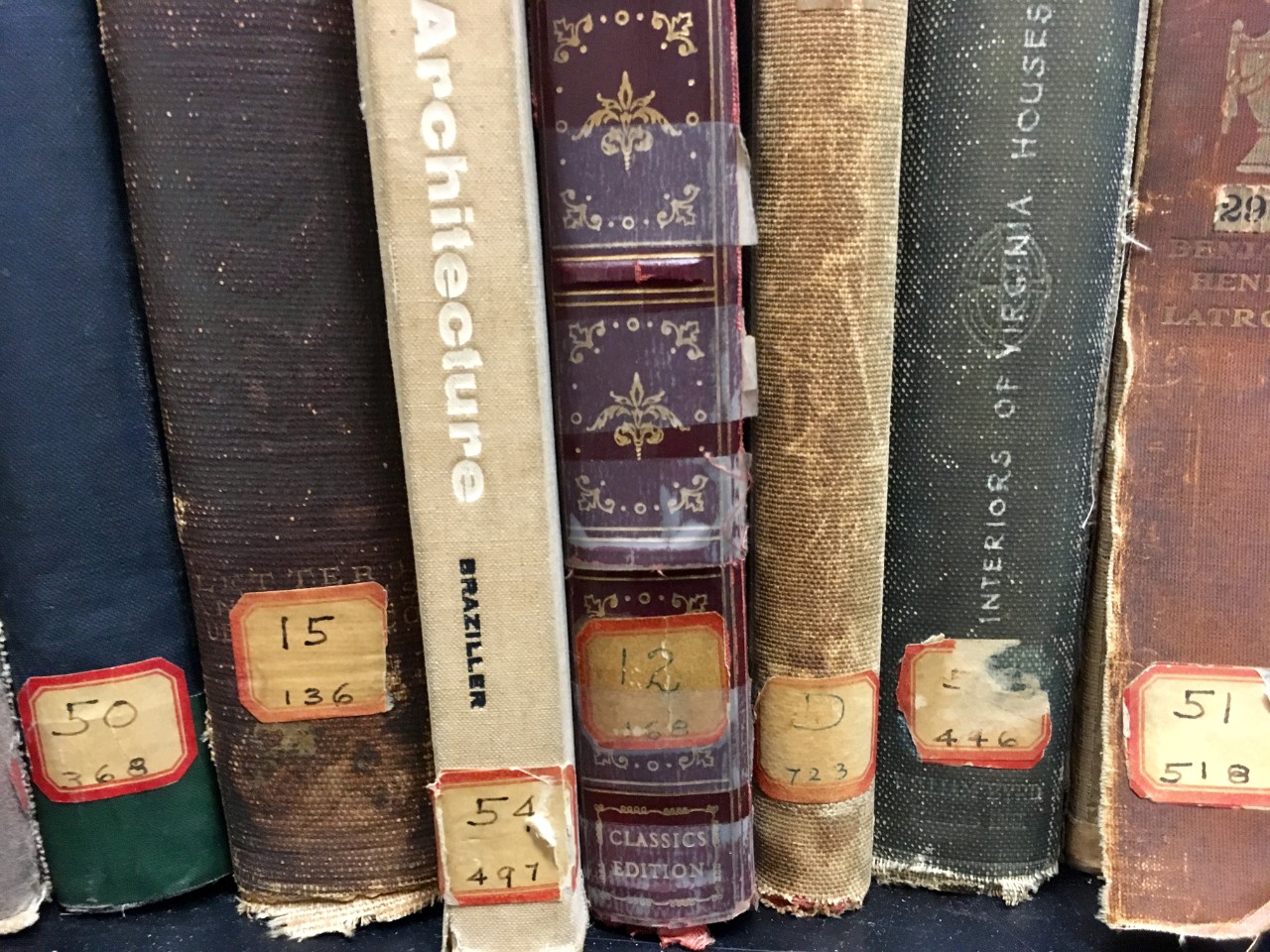
Some general notes about the list:
- If a copy of a book listed in the 1975 Cain inventory is in Avery Library, a link to the catalog record is included in the entry
- If the copy is from the library of McKim, Mead & White, that is also noted in the entry.
- Where still present, any of the firm’s library markings on books are also noted
- The presence of the firm’s bookplate is indicated with a ship symbol
Not all books in the original Cain gift inventory remain in Avery Library. Some were in extremely poor condition; others were a third or fourth copy of a common edition of a work. Accordingly, a search in the catalog for “Gift of Walker O. Cain” or “From the Library of McKim, Mead & White” will not yield 300 results. Where it is clear that the Avery copy of a book is from the Cain gift, the catalog record will have two markers:
- “Gift of Walker O. Cain”
- Cain, Walker O., 1915-1993, former owner
Where it is clear that the Avery copy of a book is from the library of McKim, Mead & White, the catalog record will have two markers:
- “From the Library of McKim, Mead & White”
- McKim, Mead & White, former owner
The presence of the firm’s stamp and bookplate are also noted where applicable.
It is also worth noting that many books in the list were published in the 1940s, 50s and 60s, long after the original partners’ deaths. As the firm continued to produce work under the name McKim, Mead & White for many years, the library apparently continued to add books and operate in its service. In that sense, the list is truly a record of the firm library and not of the library of the original three partners.
Returning to the words of Walter Goldwater, “Although a certain number of the books in the collection will already be present in the Avery Library, and others may not be altogether useful due to their condition, the main part of the book-collection will be a valued acquisition for the Library -- many of the books whose bindings have gone will be found to be well worth repairing -- and as for the folios of drawings and photographs, they are utterly unique and will be worth years of study by future architects” (Letter 3). The materials from McKim, Mead & White’s office library have been used by generations of patrons at Avery Library -- books propped open in laps, sitting on stools in between two stacks; drawings carefully unrolled and weighted on the large tables in Drawings & Archives; a photograph album cradled open on foam in Classics. It is my hope that highlighting the office library of McKim, Mead & White in this new, digital way will facilitate new ways of thinking about the importance of the library in the work of the firm. What sorts of books were included in the library and are there any notable omissions? How was the firm’s design work influenced by the images they encountered in books? What role did books play in architectural education in an American firm at the turn of the last century? In American architectural education writ large? The meaning of each individual title in the firm’s library is often clear, but taken together as a collection, these familiar works take on a larger meaning. As with any good library, the whole is greater than the sum of its parts. An attempt to reconstruct that whole is below.
-- Lena Newman
Special Collections Librarian
Avery Library
List of volumes donated by Walker O. Cain.
- Goldwater, Walter. [Letter of appraisal]. Written March 1, 1975. Gift file, Walker O. Cain Gift, Avery Library
- Leland M. Roth, McKim, Mead & White, architects (New York : Harper & Row, 1983), 60.
- Ibid, 94.
- D. Everett Waid, “The Business Side of an Architect’s Office.” The Brickbuilder, vol. 22, no. 11 (1913), 267.
- Roth, 60.
- Mosette Glaser Broderick. Triumvirate : McKim, Mead & White : art, architecture, scandal, and class in America’s Gilded Age (New York : Alfred A. Knopf, 2010), 127.
- Roth, 58.
- Roth, 379.
- Roth derives this figure from the inventory of a substantial portion of the firm’s library donated to Amherst College in 1957-1958. A copy of this list can be found in the firm’s papers housed at the New York Historical Society.